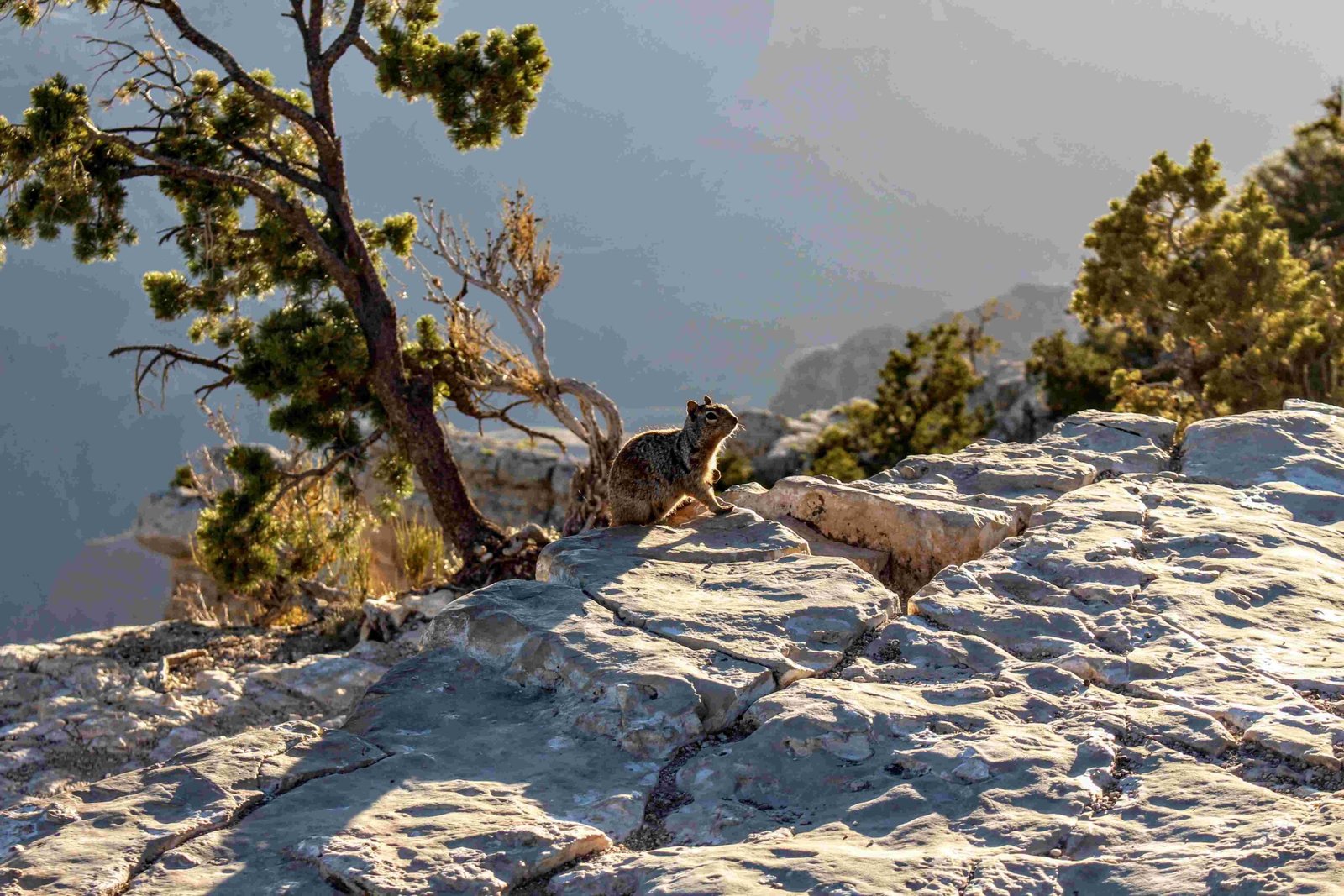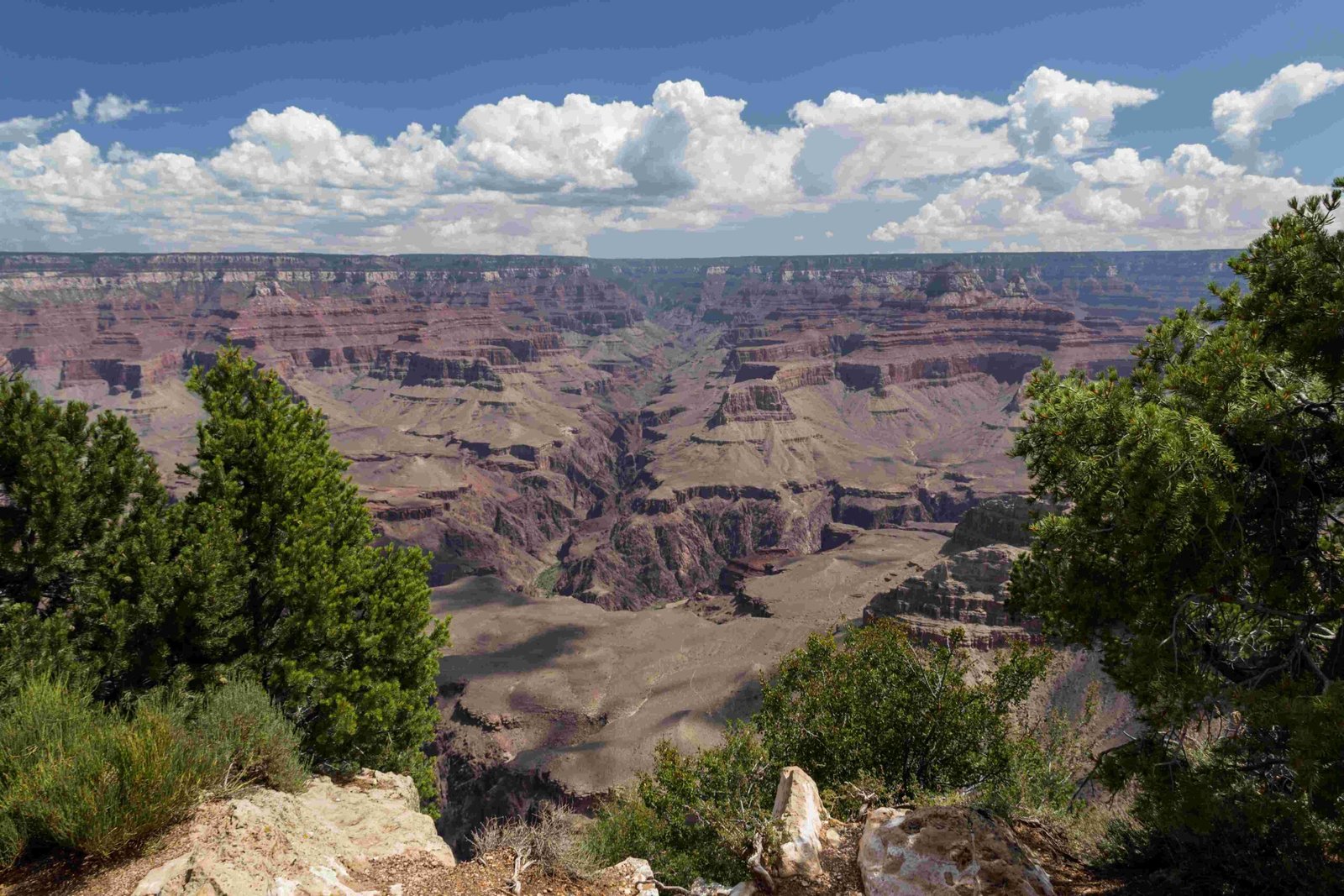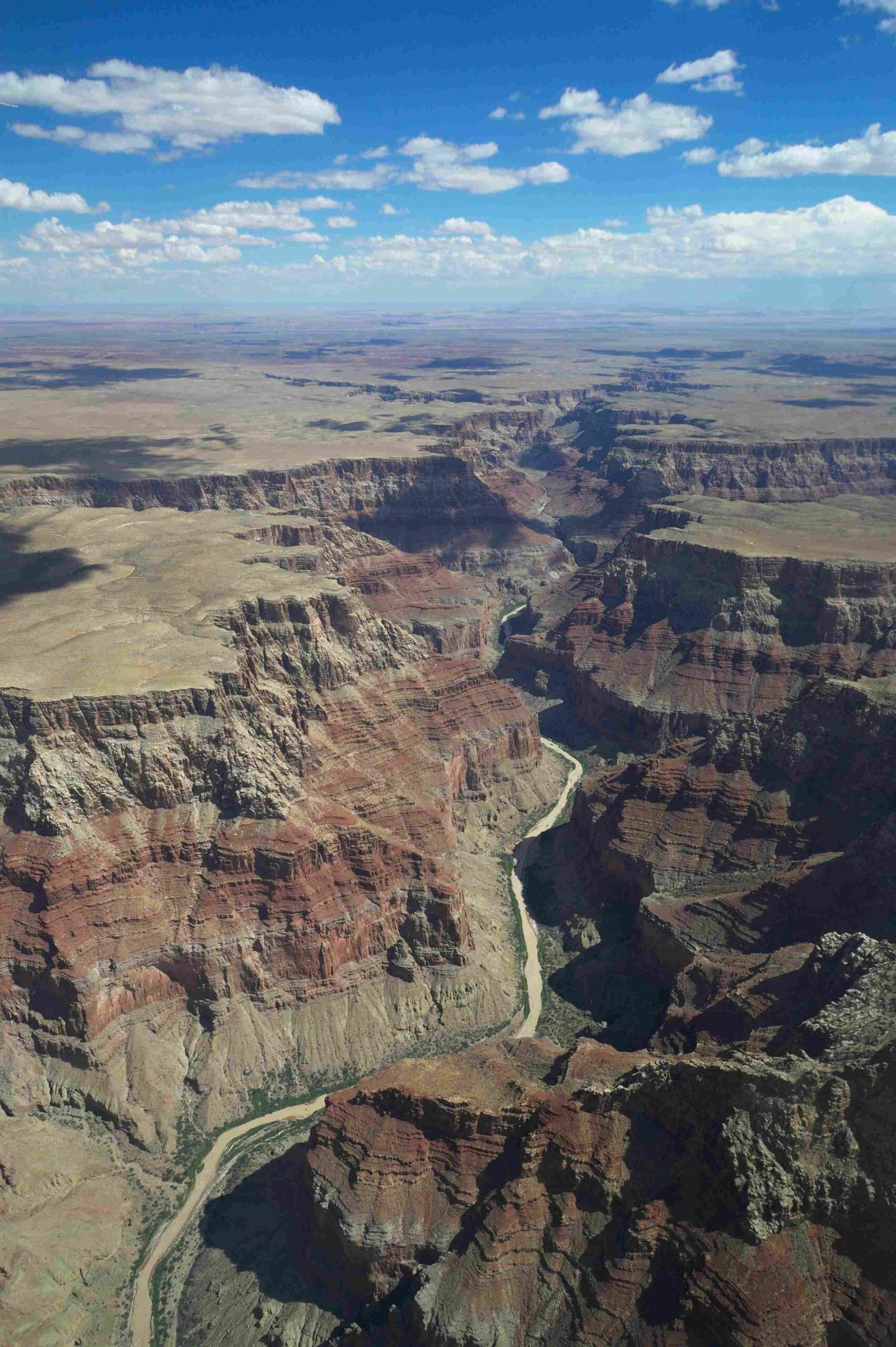Hiking the Grand Canyon presents extraordinary physical challenges that demand comprehensive preparation and understanding. The terrain ranges from moderately difficult to extremely strenuous, with trails like South Kaibab and Bright Angel presenting significant elevation changes, steep switchbacks, and extreme temperature variations that test even experienced hikers’ endurance and skill levels.
What Makes Grand Canyon Walks Challenging?

Physical Demands of Canyon Trails
Grand Canyon walks are not typical hiking experiences. The unique geological landscape creates multiple difficulty factors:
- Elevation Changes: Dramatic vertical shifts ranging from 4,380 to 4,820 feet
- Trail Steepness: Consistent steep grades with numerous switchbacks
- Temperature Extremes: Potential temperature variations of 40-50 degrees between rim and canyon floor
Difficulty Rating System
| Trail | Difficulty Level | Total Distance | Elevation Change |
|---|---|---|---|
| South Kaibab | Strenuous | 13 miles round trip | 4,820 feet |
| Bright Angel | Strenuous | 19 miles round trip | 4,380 feet |
| Hermit Trail | Intermediate to Strenuous | 18 miles round trip | 4,340 feet |
How Steep Are Grand Canyon Trails?

The steepness of Grand Canyon trails is remarkable. South Kaibab Trail, for instance, descends approximately 4,820 feet over just 6.5 miles, creating an average grade that challenges even seasoned hikers. The trail’s numerous switchbacks help manage the extreme elevation change but also contribute to the overall difficulty.
Critical Preparation Factors
Successful Grand Canyon hiking requires meticulous preparation:
- Hydration Strategy
- Carry minimum 3-4 liters of water
- Plan water refill points carefully
-
Understand potential water source limitations
-
Physical Conditioning
- Train with weighted backpack
- Practice steep ascents and descents
-
Build cardiovascular endurance
-
Essential Gear Checklist
- High-quality hiking boots
- Layered clothing
- Sun protection
- Emergency communication device
- First-aid kit
What Weather Conditions Impact Trail Difficulty?
Seasonal variations dramatically influence Grand Canyon walk difficulty:
- Summer: Temperatures can exceed 110°F at canyon bottom
- Winter: Upper trail sections might have ice and snow
- Spring/Fall: Most moderate hiking conditions
Safety Recommendations
Experienced park rangers recommend:
– Start hikes early morning
– Avoid midday heat (10 AM – 2 PM)
– Monitor personal fitness levels
– Use established rest points
– Communicate hiking plans
How to Assess Personal Hiking Capability?
Honest self-assessment is crucial. Consider:
– Current fitness level
– Previous hiking experience
– Medical conditions
– Age and physical limitations
Expert Tip
“The Grand Canyon doesn’t care about your fitness level—it will challenge everyone equally. Respect the terrain, prepare meticulously, and know your limits.” – National Park Service Ranger
Recommended Training Regimen
- 8-12 weeks before trip: Progressive hiking training
- Focus on: Uphill/downhill walking
- Simulate: Weighted backpack conditions
- Include: Cardiovascular and strength training
Final Preparatory Insights
Grand Canyon walks are not casual strolls but serious hiking endeavors requiring comprehensive preparation, respect for natural conditions, and personal awareness.
References:
– Wildland Trekking
– National Park Service
– AllTrails

